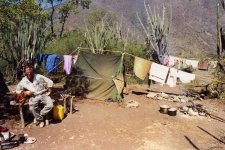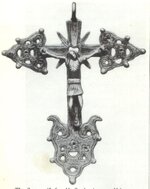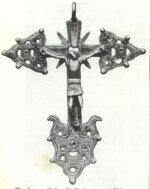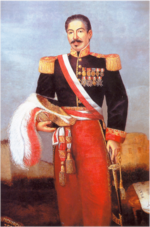gollum
Gold Member
- Jan 2, 2006
- 6,770
- 7,719
- Detector(s) used
- Minelab SD2200D (Modded)/ Whites GMT 24k / Fisher FX-3 / Fisher Gold Bug II / Fisher Gemini / Schiebel MIMID / Falcon MD-20
- Primary Interest:
- All Treasure Hunting
Re: Incas's treasures
BUMP
BUMP




 .
. As well as the same but different ancient Inca laddies like a character out of a Hansel and Gretal story hawking whatever they can sell, bags of Cocos leaves or dried llama embryos for good luck charms. There was always one sleeping and living on each street corner with a pile of grandchildren. It makes you appreciate what we have in which we take so much for granted.
As well as the same but different ancient Inca laddies like a character out of a Hansel and Gretal story hawking whatever they can sell, bags of Cocos leaves or dried llama embryos for good luck charms. There was always one sleeping and living on each street corner with a pile of grandchildren. It makes you appreciate what we have in which we take so much for granted.











